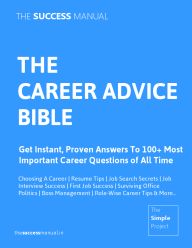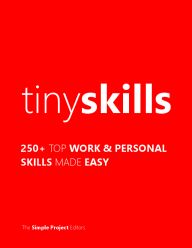On February 16, 2025 By newsroom Topic: Automotive
Leasing a car can be an appealing alternative to buying, offering lower monthly payments and the chance to drive a new vehicle every few years. However, leasing has its complexities, and avoiding common pitfalls can save you money. Here's a comprehensive guide to securing the best lease deal.
At lease-end, you return the car unless you opt to purchase it.
Types of Leases:
Prequalification provides a baseline for negotiation.
Check Your Credit:
Negotiate the money factor if it seems high compared to loan rates.
Residual Value:
The car's estimated worth at lease-end. A higher residual value means lower monthly payments but may affect buyout value.
Cap Cost (Capitalized Cost):
Consider buying extra miles upfront if you anticipate exceeding the limit.
Hidden Costs:
Be cautious of "one-day-only" offers or deals that require immediate decisions.
Base Models:
A lower starting price reduces your monthly payments.
Focus on Total Lease Cost:
Look beyond the monthly payment to evaluate total costs, including fees and interest.
Choose the Right Mileage Plan:
Select a realistic mileage limit to avoid overage fees.
Examine the Lease Contract:
Clean the car and make necessary repairs at a trusted garage to save on dealer fees.
Tires:
Replace worn tires independently if needed, ensuring they match the original specs.
Mileage Overages:
Compare the cost of paying penalties vs. purchasing the vehicle at the residual value.
Security Deposit:
Leasing can be a cost-effective way to drive a new car, but success depends on preparation, careful negotiation, and understanding the contract's fine print. Follow these steps, and you'll be better positioned to score a great lease deal while avoiding hidden costs.
Understand Subsidized Leases
- Subsidized leases are offered by automaker finance companies (e.g., Ford Motor Credit, Honda Finance) to lower costs through rebates or higher residual values.
- These deals may target slow-selling models and often require high credit scores.
- Money Factor: Convert it to an APR (multiply by 2,400) to compare lease interest rates with loan rates.
What to Watch Out For
- Negotiable Price: Lease payments are based on the car’s MSRP, which can be negotiated like a purchase.
- Hidden Costs: Beware of limited inventory, strict deadlines, or high mileage overage penalties.
- Lease Terms: Understand return conditions, early termination fees, and excessive wear-and-tear charges before signing.
Final Checks
- Mileage Allowance: Choose a plan that matches your driving habits; pre-purchase extra miles if needed (cheaper than paying penalties).
- Closed-End Lease: Ensures you can return the vehicle without owing more if its value drops.
- Purchase Option: Check the residual value and fees to decide if buying at lease-end is worthwhile.
When the Lease Ends
- Excess Wear and Tear: Dealers may forgive charges to entice you into a new lease—ensure this doesn’t inflate your next lease cost.
- Mileage Considerations:
- Drove too few milesBuying the car lets you recoup unused depreciation.
- Drove too many milesPurchasing the car may be cheaper than paying penalties.
Tips to Minimize Expenses
- Clean the Car: Return it in great condition to avoid cleaning fees.
- Handle Repairs Independently: Use trusted mechanics to make lease-end repairs more cost-effective.
- Replace Tires Yourself: Matching tires are required—shop around for the best deal.
- Shop New Leases: Avoid blindly rolling into a new lease; compare deals like you did originally.
- Security Deposit: If paid upfront, ensure you claim it back at lease-end.
- Early Exit Strategy: Services like LeaseTrader or Swapalease can help transfer your lease, but check transfer fees first.
Leasing Takeaway: Careful planning, negotiation, and understanding the terms can save you thousands and make leasing a cost-effective way to drive a new car.

